Planting rattan under the forest canopy contributes to increasing income for people in the mountainous district of Dakrong - Photo: TP
Under the lush green canopy of the natural forest in Gia Gia village, Huong Hiep commune, dozens of hectares of water clouds are growing well, waiting for harvest. The entire area of more than 100 hectares of water clouds was implemented by the Greater Mekong Subregion Biodiversity Conservation Corridor Project Phase 2 (BCC) from 2017 - 2019 and assigned to households in the Gia Gia village Community Forest Protection Team to manage and care for them; they will benefit from the harvest.
Mr. Ho Van Hung, a member of the Gia Gia Village Community Forest Protection Team, said that water rattan is easy to grow and requires little care. If cared for properly, it will yield a quicker harvest and the harvest period can last continuously for 18-20 years.
Not only bringing economic value, water rattan planted under the forest canopy also makes use of land area, does not affect forestry trees, helps reduce weeds, increases soil moisture, significantly reduces soil erosion, and increases nutrients for forestry trees.
In particular, another advantage of rattan is that it almost never falls down when there are storms, helping growers to face less risks and damage compared to other forest trees. “Rattan has a very strong vitality, is suitable for many different types of soil and does not require elaborate care like other trees. People here are very responsive to participating in planting rattan to increase income and, above all, to protect the forest and our living environment,” Mr. Hung confided.
Dakrong district currently has about 300 hectares of water rattan. Although it has not yet achieved stable productivity in the first year of harvest, this is still one of the economic models under the forest canopy that is assessed to contribute to increasing income for people in the district.
Since the project of planting rattan under the forest canopy was implemented, people have been entering and exiting the forest more frequently. Thanks to this, bad guys no longer dare to exploit timber in the forest area assigned to the people for management and protection.
The practice of cutting down natural forests for farming, which used to be common, no longer exists. This is proof that the rattan growing model not only brings economic benefits but also plays an important role in protecting and maintaining the natural forest ecosystem.
With forest and forestry land accounting for 95.68% of the natural land area, Dakrong district also implements the planting of medicinal plants to open up a diverse and sustainable direction for the people. Among them, the project of planting purple Morinda officinalis in Huong Hiep and Ta Rut communes shows outstanding efficiency.
Currently, the total area of purple ba kich plants reaches nearly 200 hectares. Purple ba kich is a medicinal herb that is easy to grow on many types of soil, has good drought resistance and has the effect of supporting disease treatment, helping to strengthen tendons and bones, and strengthening the kidneys and yang. Purple ba kich is planted at a density of about 500 holes/ha, each hole consists of 3 trees.
Planting Morinda officinalis under the forest canopy brings high efficiency with dual benefits. On the same area, people not only earn income from forest trees but also have a significant additional income from Morinda officinalis. According to local people's calculations, after only 3 years of planting, purple Morinda officinalis can bring in an income of about 100 million VND/ha, equivalent to major crops such as acacia and cinnamon, but is easier to grow and care for.
Each purple ba kích root after 5 years of planting yields about 1 kg of tubers. With the current market price ranging from 350,000 - 500,000 VND/kg, the total area of purple ba kích currently in the area promises to bring a prosperous life to the people. Along with purple ba kích, the district also develops the cultivation of other medicinal herbs such as lemongrass, basil, Bo Chinh ginseng...; supports the construction and development of processing facilities and has initially brought positive signals.
Developing these medicinal herbs not only helps improve people's income but also takes advantage of the land area under the forest canopy, making the forest vegetation more diverse, and people's forest protection is also getting better and better.
According to Hoang Xuan Diep, an expert from the Department of Agriculture and Environment of Dakrong district, economic development models and projects under the forest canopy in Dakrong district have had initial success but are not commensurate with the available potential and advantages. In order to deepen this activity, since 2022, Dakrong district has developed Project No. 139/DA-UBND on "Developing medicinal plant cultivation in Dakrong district in the period of 2022 - 2025, with a vision to 2030". Thereby, aiming to build a stable raw material area, create valuable commodities, and gradually form OCOP products typical of the locality.
“Since handing over the forest to local people and management, the district has actively promoted and implemented suitable projects so that people can both increase their income from the forest and participate effectively in forest protection.
In the coming time, the locality will continue to support people in developing non-timber forest products such as medicinal plants, water rattan, etc., opening up a direction in line with the orientation of sustainable rural development, both rationally exploiting natural resources and contributing to increasing income and improving the lives of people in mountainous areas. At the same time, preserving and protecting the forest ecosystem - a valuable asset of the locality," said Mr. Diep.
Nam Phuong
Source: https://baoquangtri.vn/tiem-nang-tu-nhung-mo-hinh-kinh-te-duoi-tan-rung-194481.htm


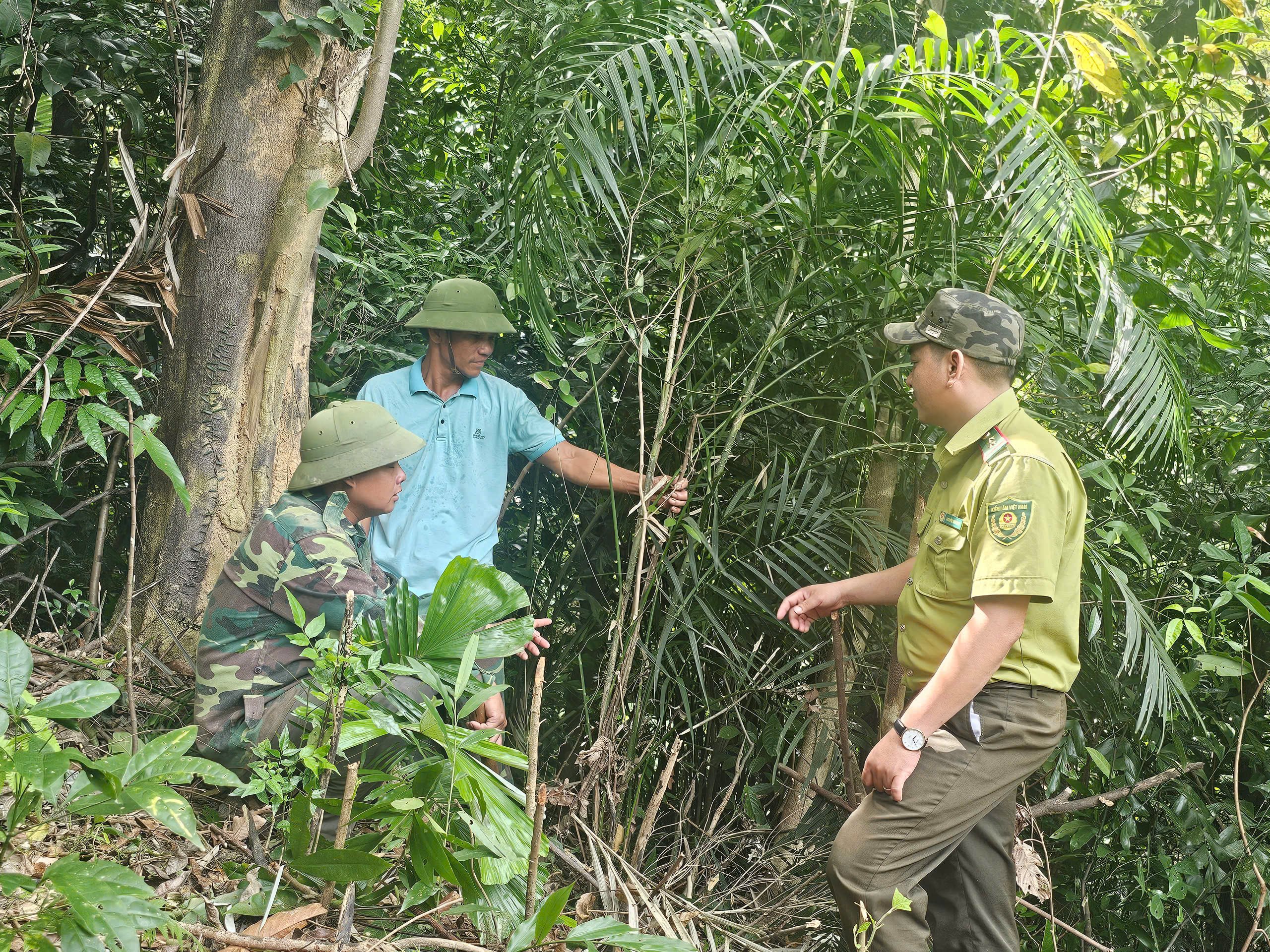
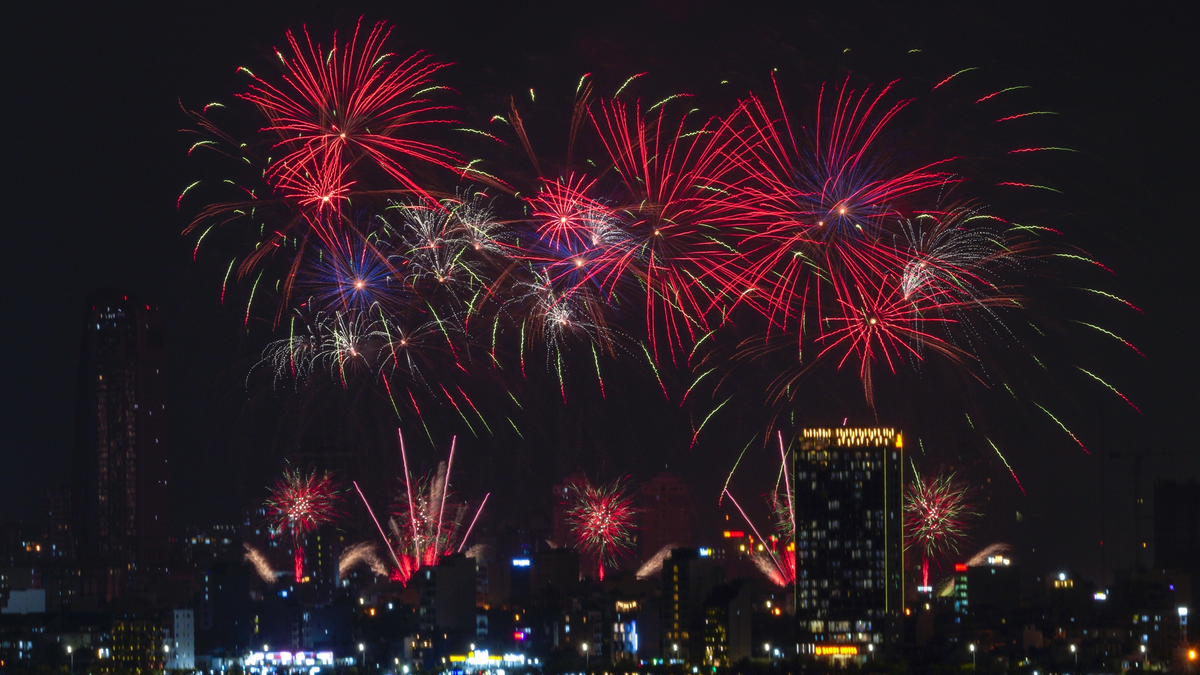




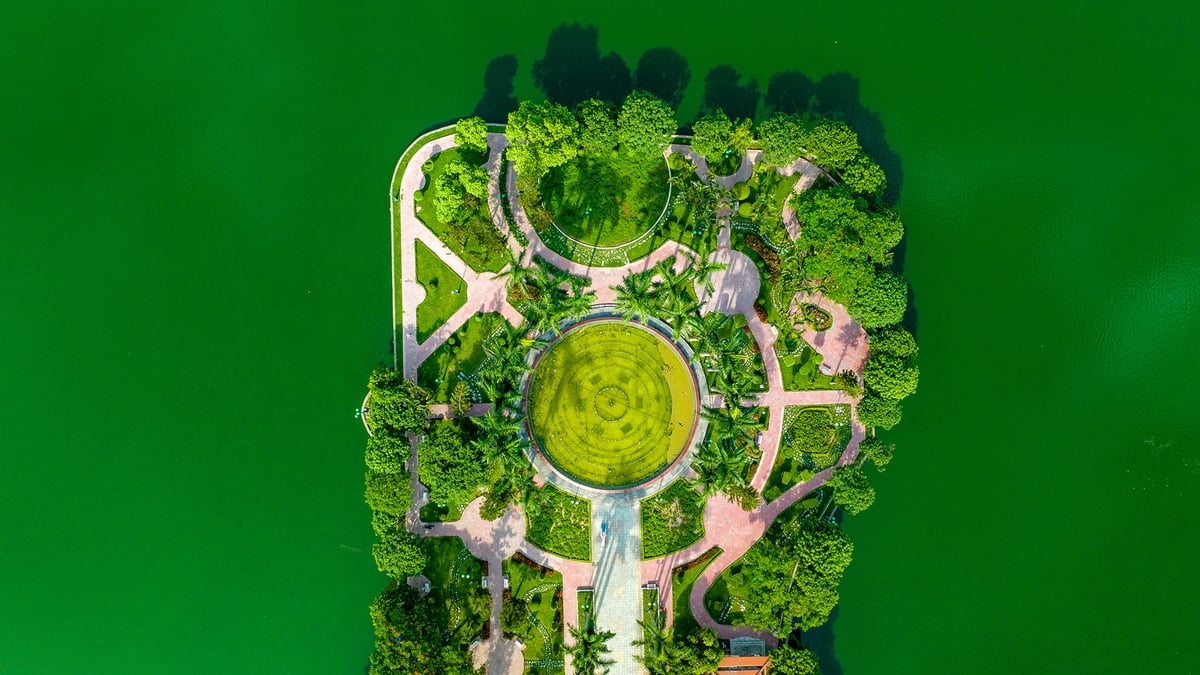


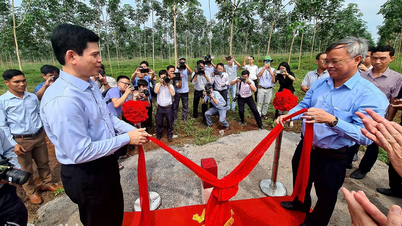




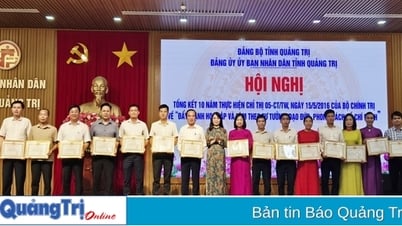
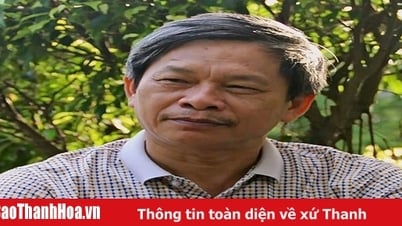

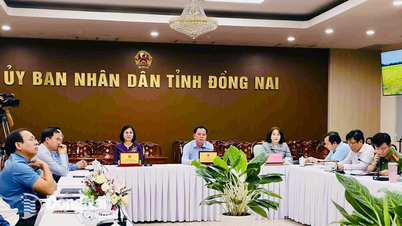
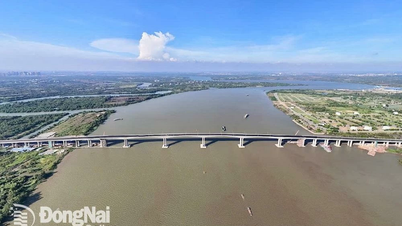
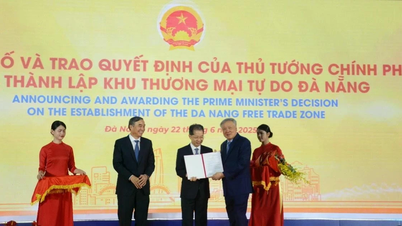

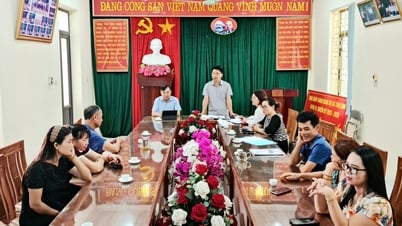

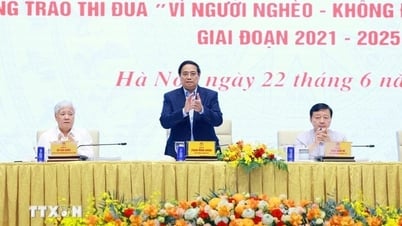

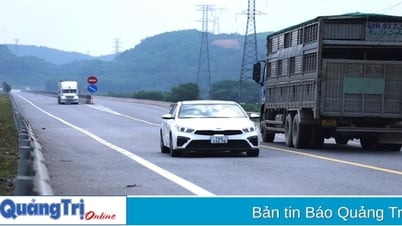




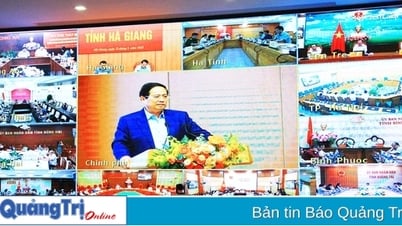
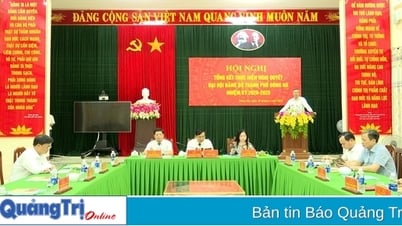
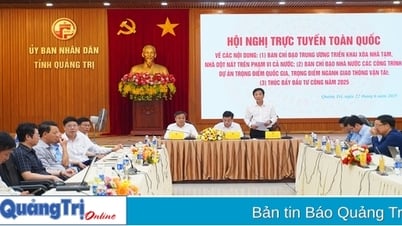
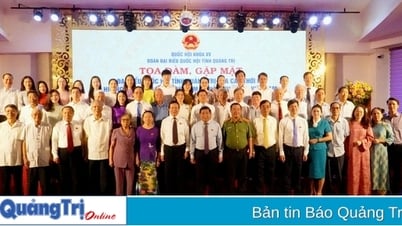
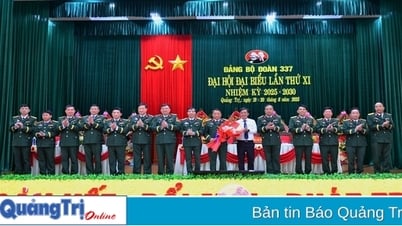
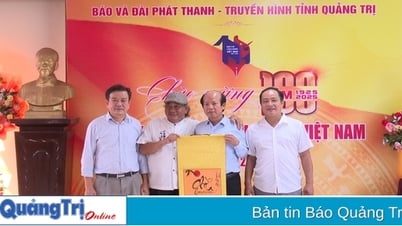














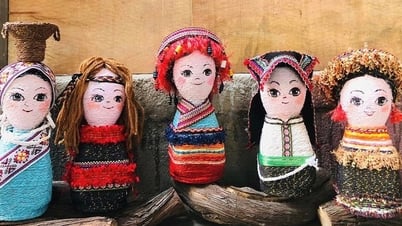









![[Maritime News] Wan Hai Lines invests $150 million to buy 48,000 containers](https://vphoto.vietnam.vn/thumb/402x226/vietnam/resource/IMAGE/2025/6/20/c945a62aff624b4bb5c25e67e9bcc1cb)


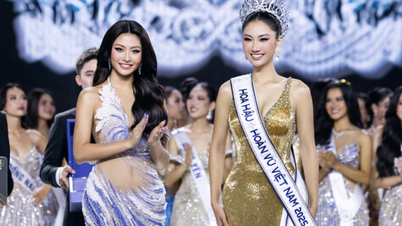






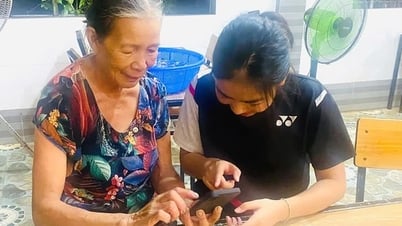


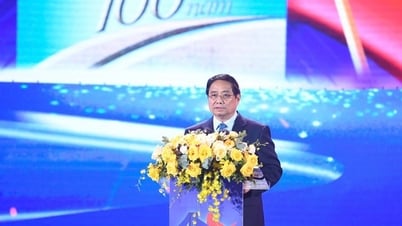

![[Infographic] Party Committee of the Ministry of Culture, Sports and Tourism: Marks of the 2020 - 2025 term](https://vphoto.vietnam.vn/thumb/402x226/vietnam/resource/IMAGE/2025/6/22/058c9f95a9a54fcab13153cddc34435e)





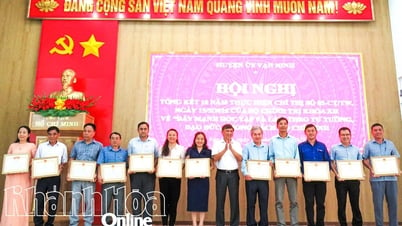


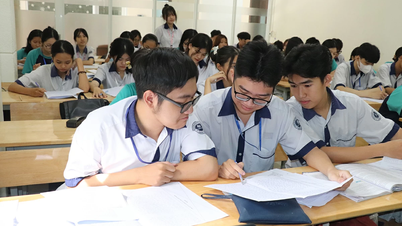
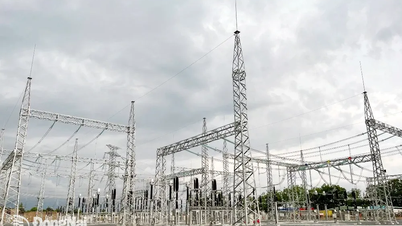











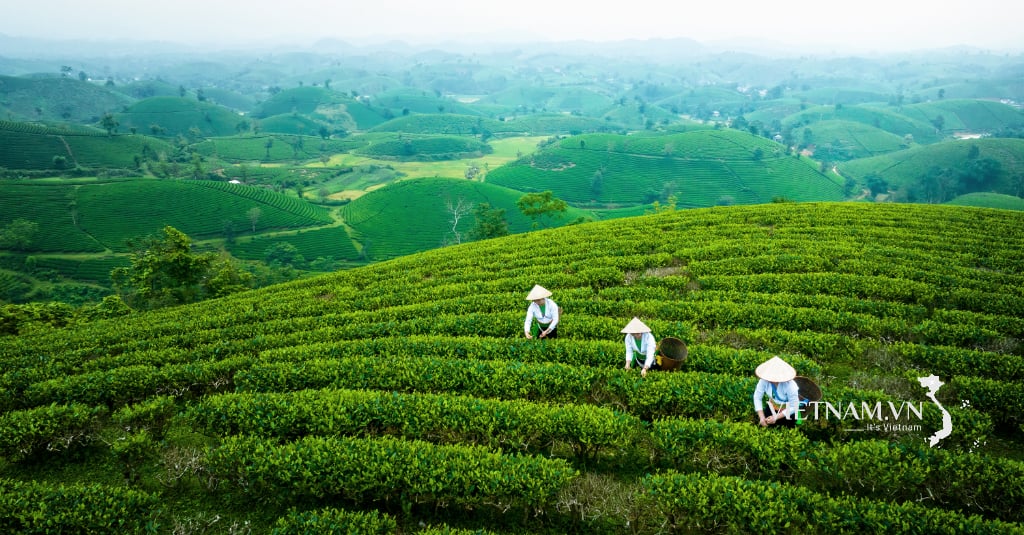
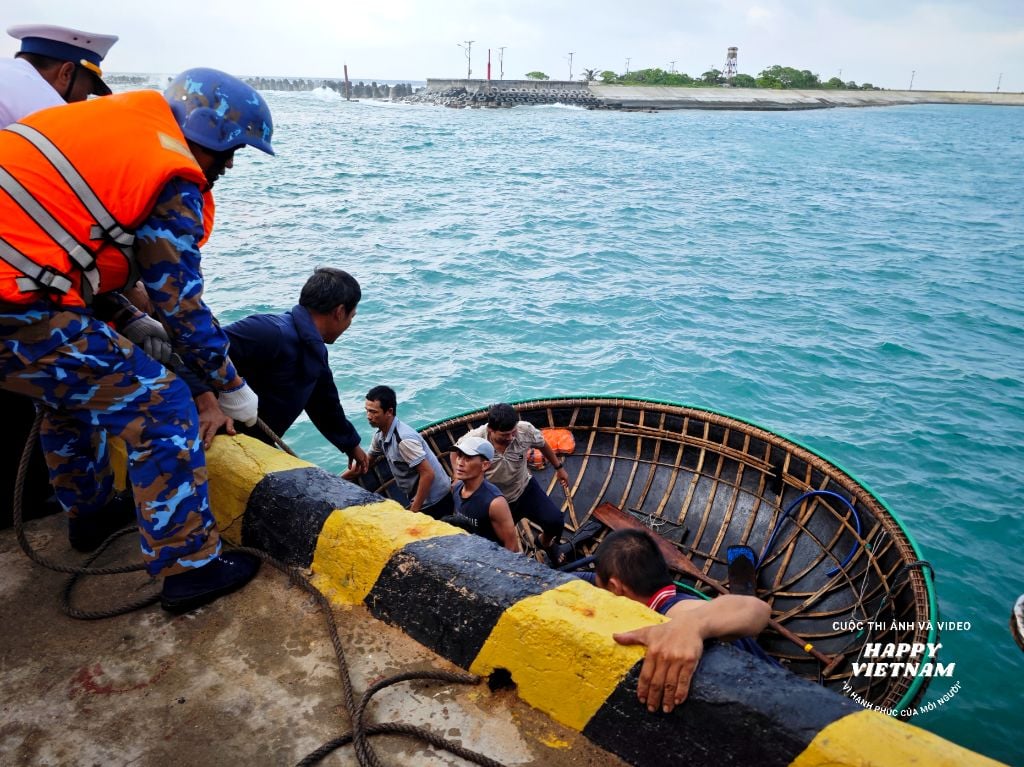
Comment (0)